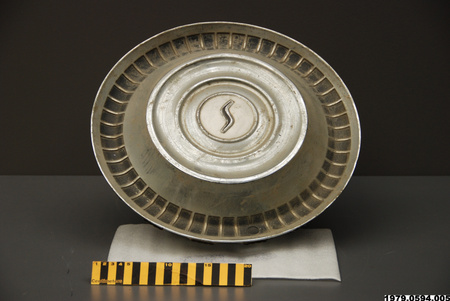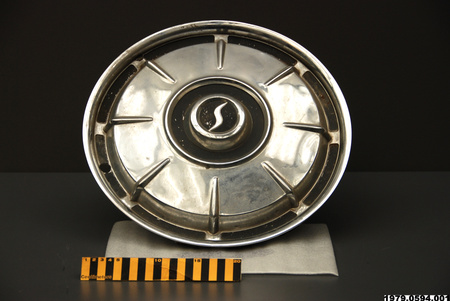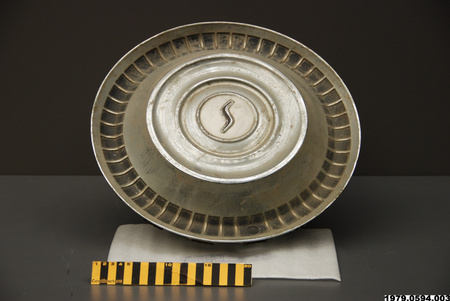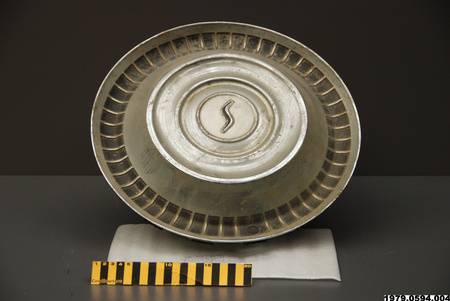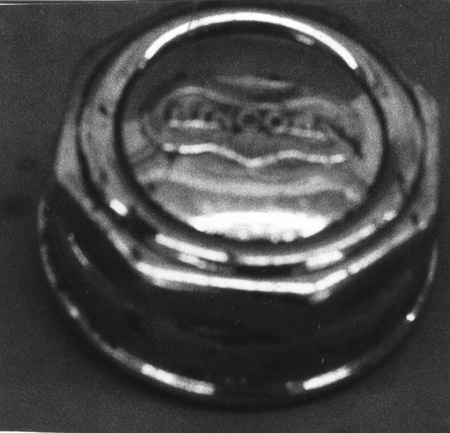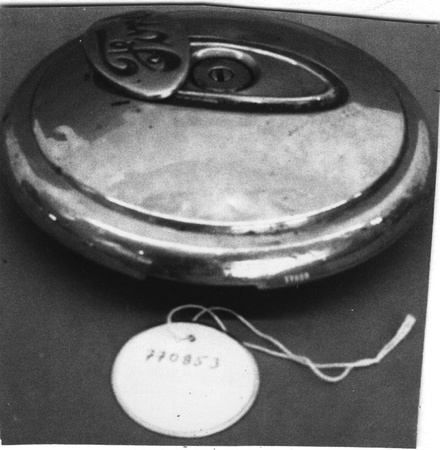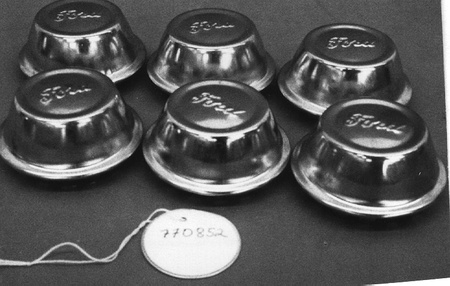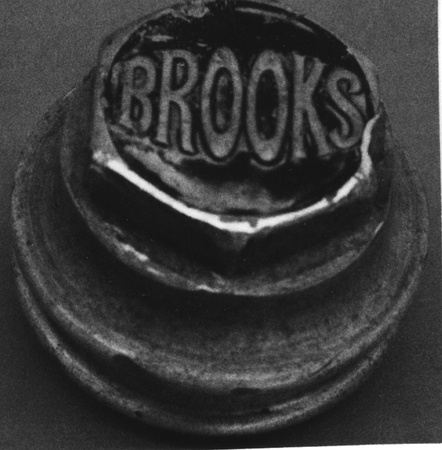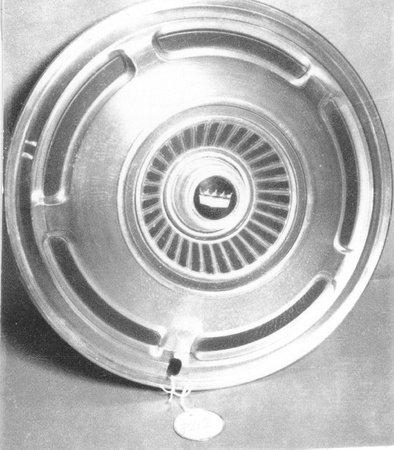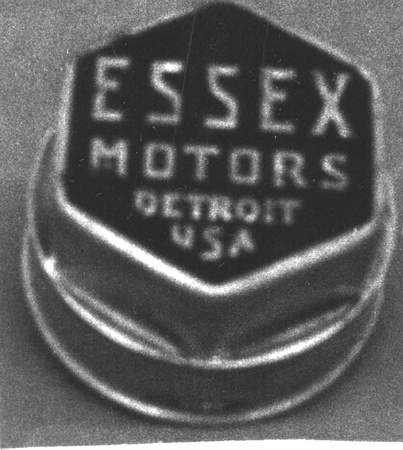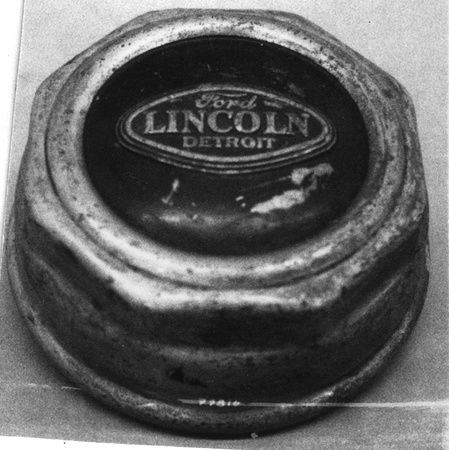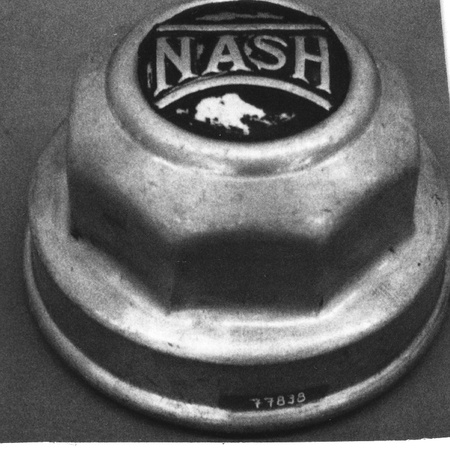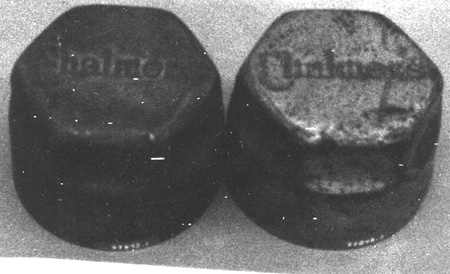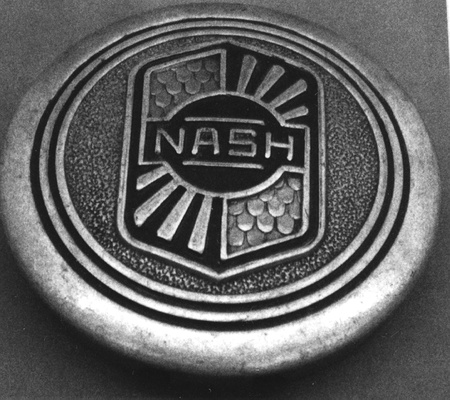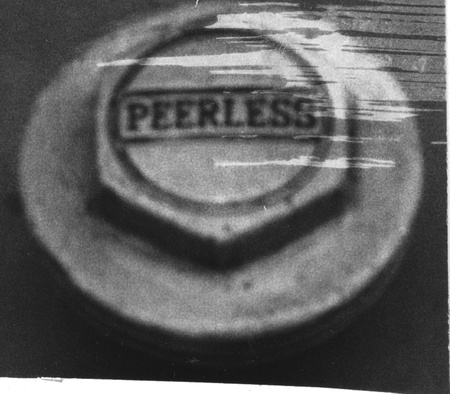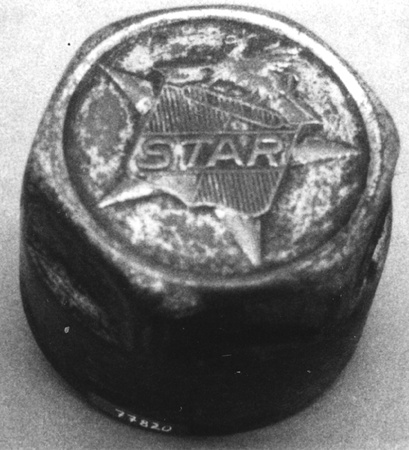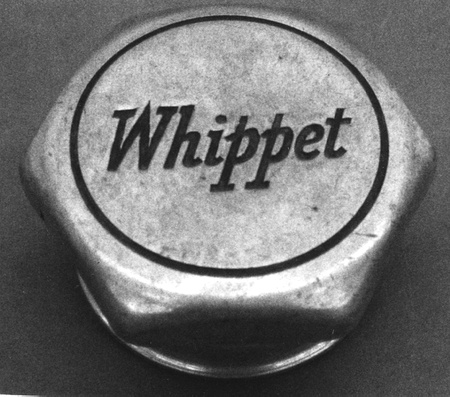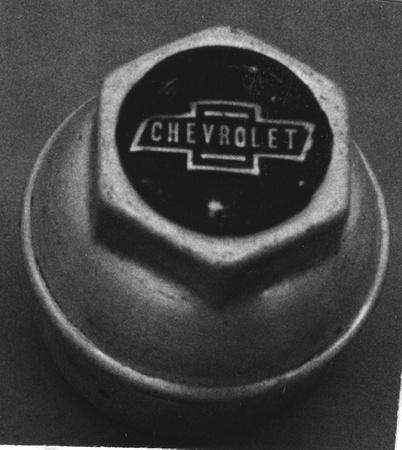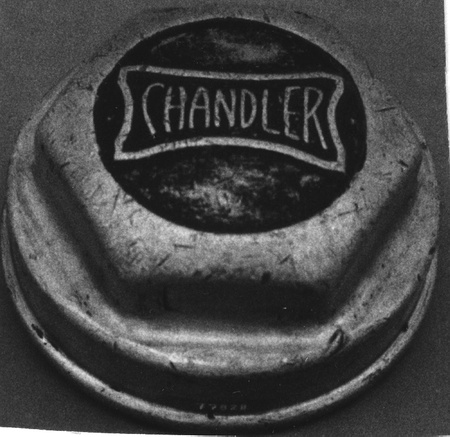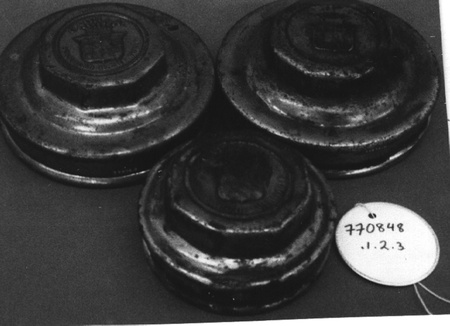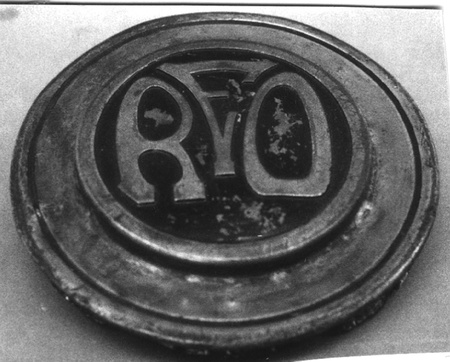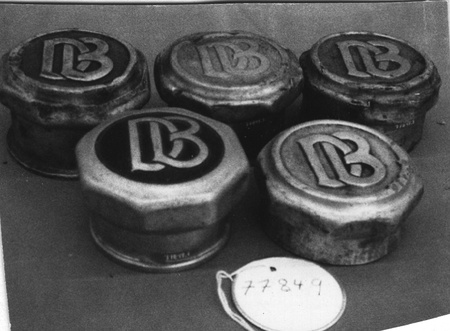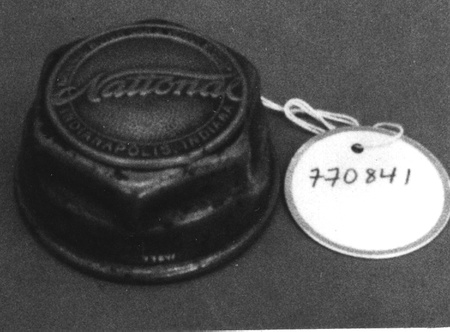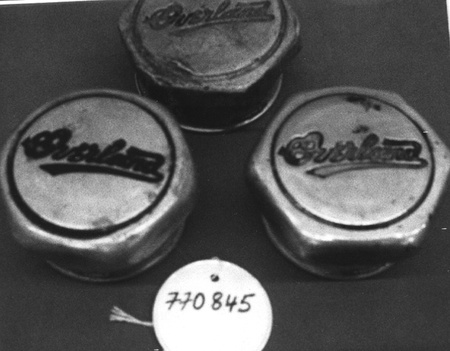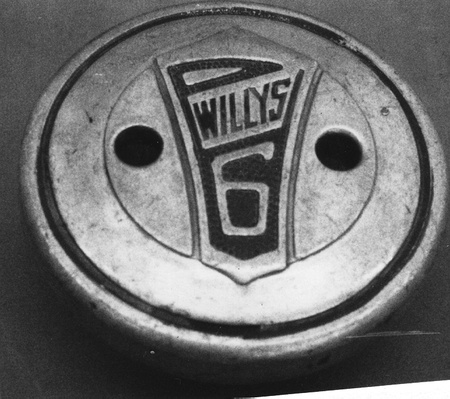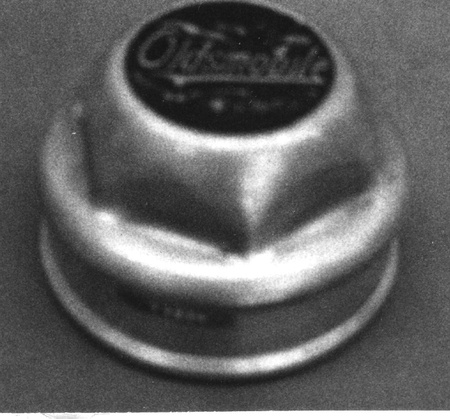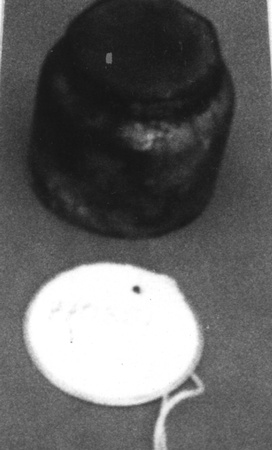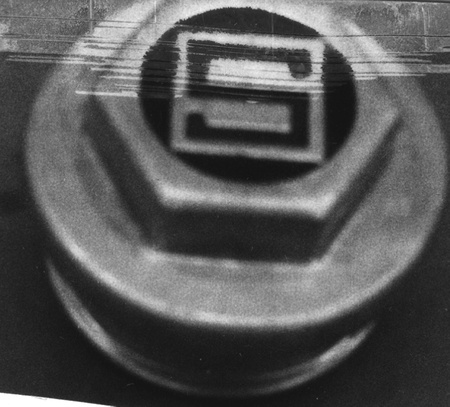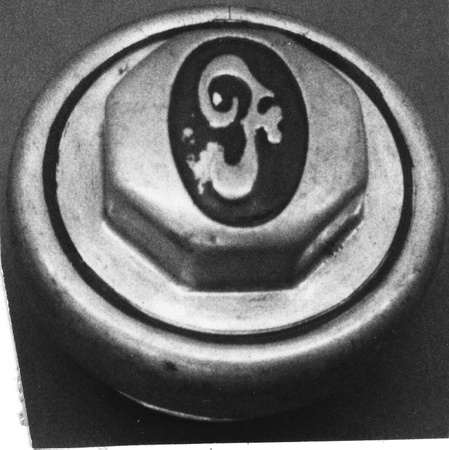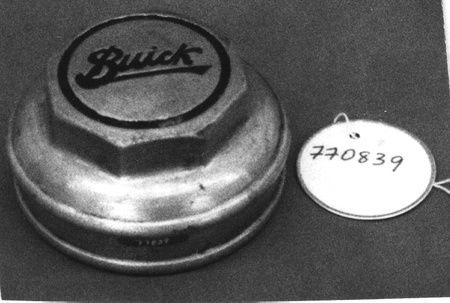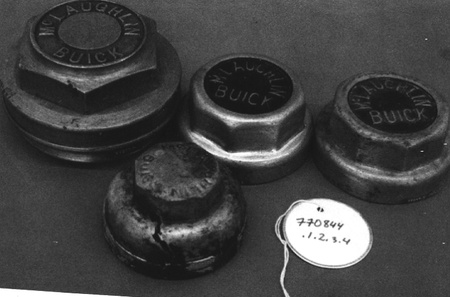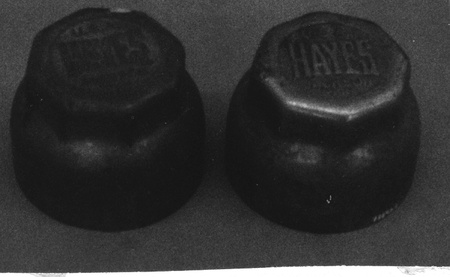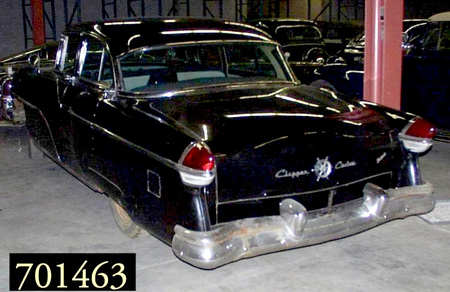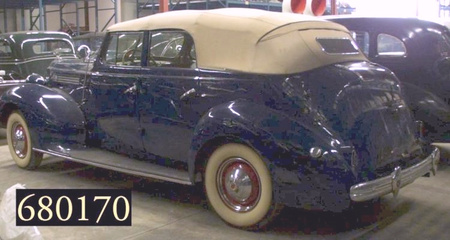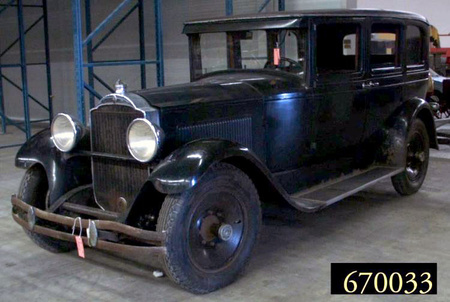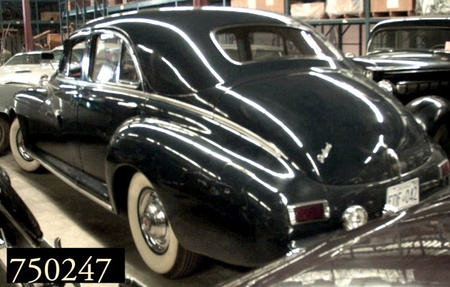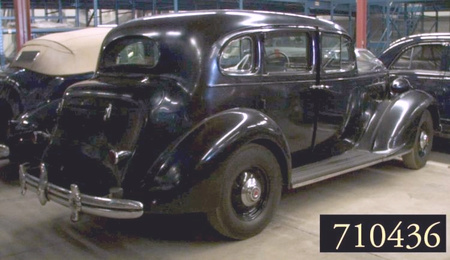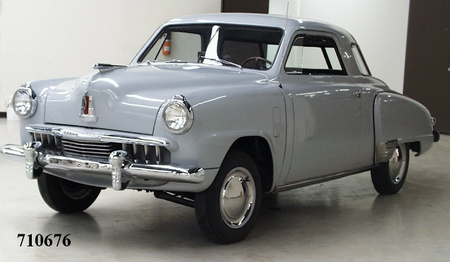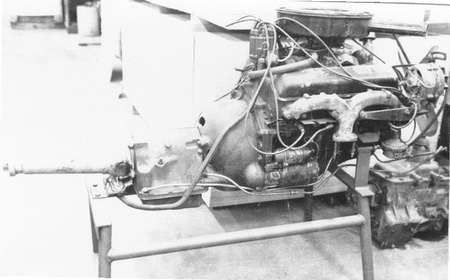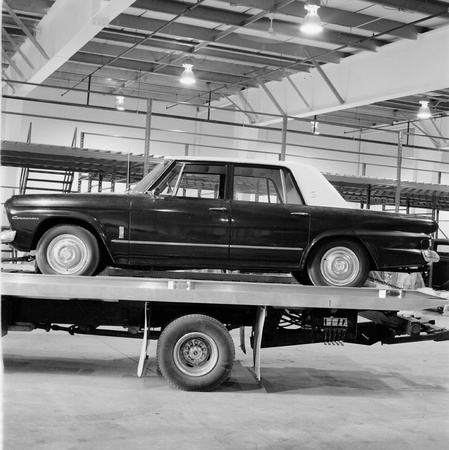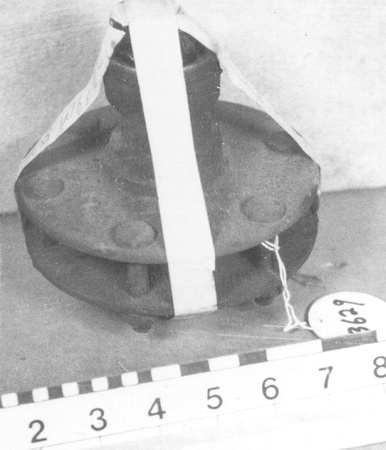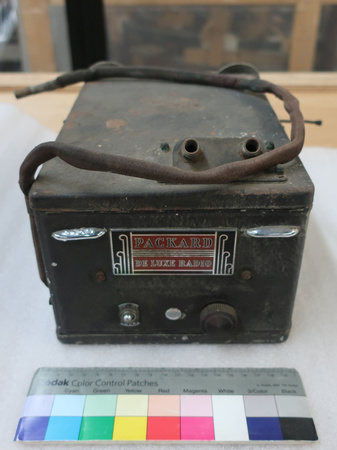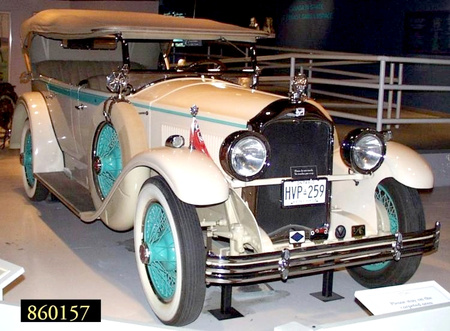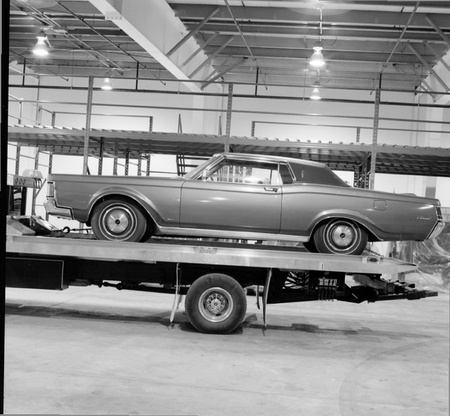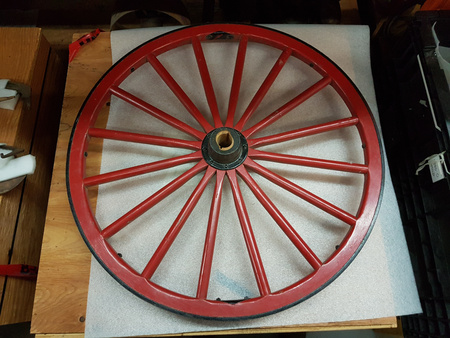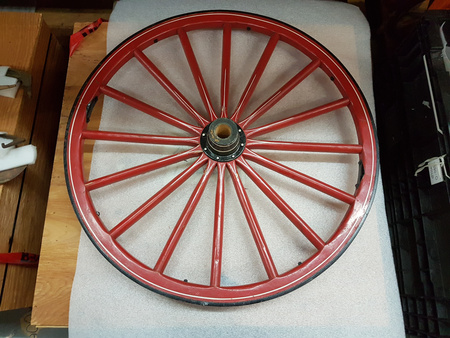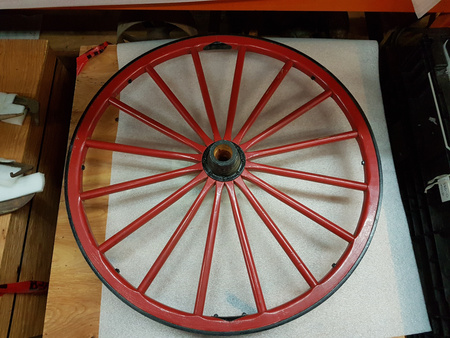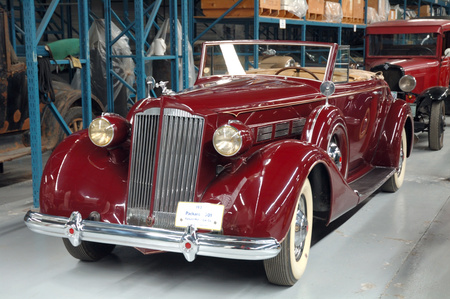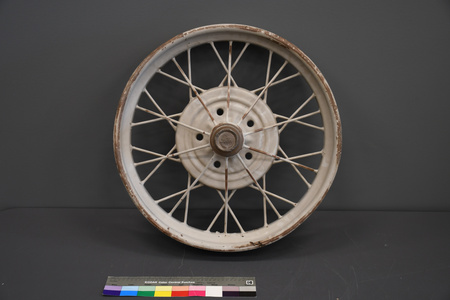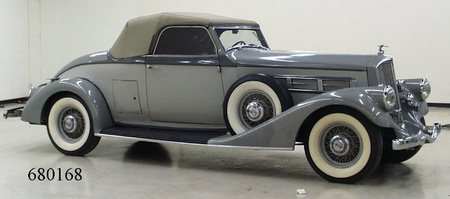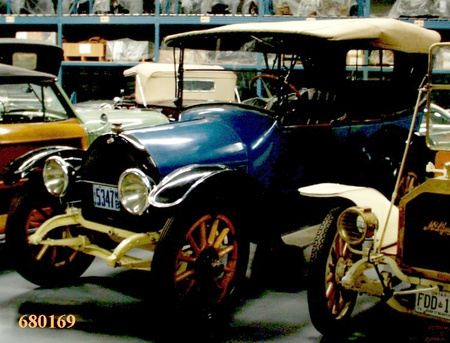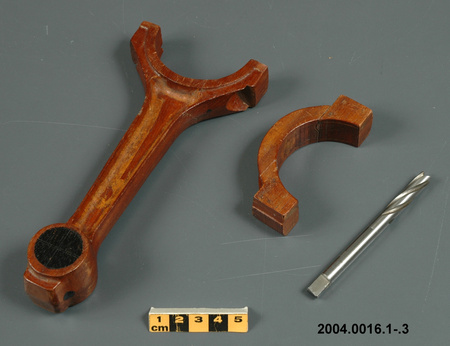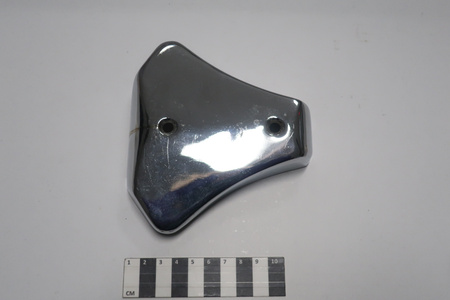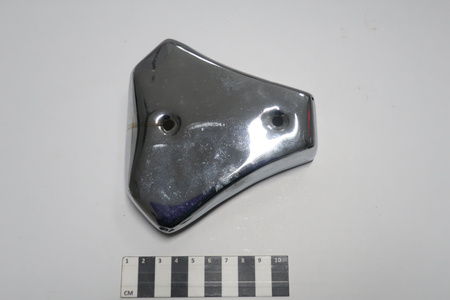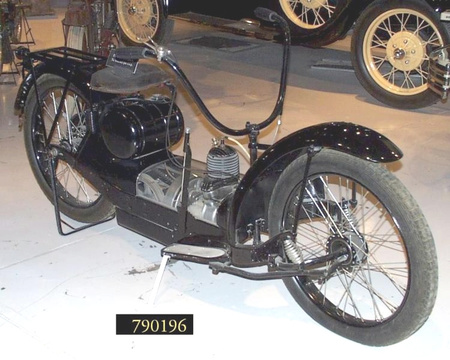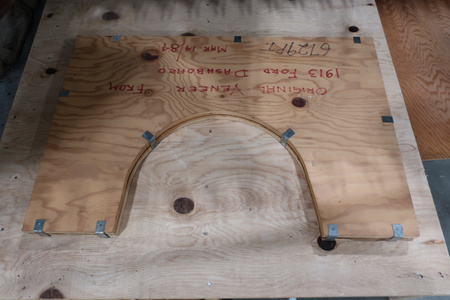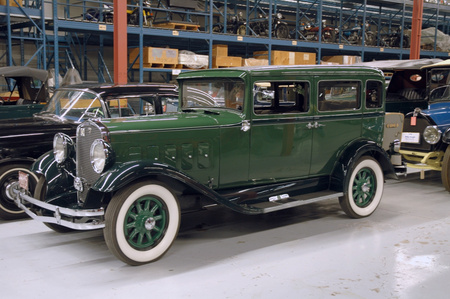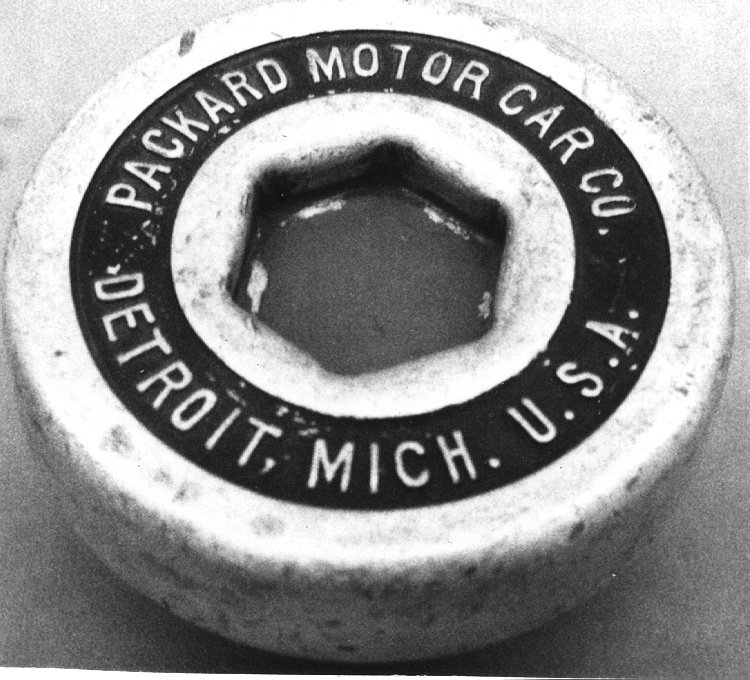Cap, hub
Use this image
Can I reuse this image without permission? Yes
Object images on the Ingenium Collection’s portal have the following Creative Commons license:
Copyright Ingenium / CC BY-NC-ND (Attribution-NonCommercial 4.0 International (CC BY-NC 4.0)
ATTRIBUTE THIS IMAGE
Ingenium,
1977.0814.001
Permalink:
Ingenium is releasing this image under the Creative Commons licensing framework, and encourages downloading and reuse for non-commercial purposes. Please acknowledge Ingenium and cite the artifact number.
DOWNLOAD IMAGEPURCHASE THIS IMAGE
This image is free for non-commercial use.
For commercial use, please consult our Reproduction Fees and contact us to purchase the image.
- OBJECT TYPE
- AXLE COVER
- DATE
- 1903–1954
- ARTIFACT NUMBER
- 1977.0814.001
- MANUFACTURER
- Packard Motor Car Co.
- MODEL
- PACKARD
- LOCATION
- Detroit, Michigan, United States of America
More Information
General Information
- Serial #
- N/A
- Part Number
- 1
- Total Parts
- 1
- AKA
- N/A
- Patents
- N/A
- General Description
- Metal
Dimensions
Note: These reflect the general size for storage and are not necessarily representative of the object's true dimensions.
- Length
- N/A
- Width
- 10.1 cm
- Height
- 4.9 cm
- Thickness
- N/A
- Weight
- N/A
- Diameter
- N/A
- Volume
- N/A
Lexicon
- Group
- Motorized Ground Transportation
- Category
- Automotive parts
- Sub-Category
- N/A
Manufacturer
- AKA
- Packard
- Country
- United States of America
- State/Province
- Michigan
- City
- Detroit
Context
- Country
- Unknown
- State/Province
- Unknown
- Period
- Unknown
- Canada
-
Studebaker's presence in Canada goes back to 1910-1911 when the company was the American distributor of the E-M-F cars being built in Walkerville, Ontario. Studebaker will acquire the American E-M-F Co. and gain at the same time, control of the E-M-F-Co. of Canada. The Studebaker Corporation of Canada was thus formed. They continued production in Canada until 1936. In 1948, production started again in Canada in Hamilton. In 1955, when the parent firm took over the Packard Motor Car Co, the Canadian company became Studebaker-Packard of Canada Ltd. In 1962, the Packard name was taken off to become Studebaker of Canada Limited. In 1963, all Studebaker production was concentrated at the Hamilton plant after cessation of the American production at South Bend, Indiana. But as the market demand for their cars continued to decline, ultimately, the Hamilton plant closed also in 1966 (1979.0594). Hub caps are a Collector's item. - Function
-
Cover put on automobile wheels to enhance its aesthetic appearance or aerodynamism and to protect the wheel bolts from mud and dust. - Technical
-
Packard Motor Car Company was established at the beginning of the 20th century and was a major manufacturing company in Warren, Ohio. In the second half of the 19th century, the Packard family was originally involved in various business enterprises, including hotels, hardware stores, lumber mills, and an iron rolling mill. In 1890, Doud Packard and James Ward Packard established the Packard Electric Company, which manufactured incandescent light bulbs ("Packard Motor Car Company"). In July 1899, the Packard and Weiss company formed from a partnership between the Packard brothers, George L. Weiss and W.A. Heather (Turnquist: 15). In September 1900, the Packard family established their new automobile business under the name Ohio Automobile Company, which was renamed in 1902 as the Packard Motor Car Company ("Packard Motor Car Company"). Packard Motor Car Company established itself as a manufacturer of luxury vehicles known for their highest quality of style and engineering (Turnquist: 15-197). In 1954, Packard merged with Studebaker to form the Studebaker-Packard Corporation (Dawes: 122). In 1956, the company suffered from financial trouble due to over-expansion and in 1962, Studebaker dropped the Packard name from their title. In 1964, Studebaker ceased the production of Studebaker automobiles in the United States (Turnquist: 191-197). The last automobile to bear the Packard name was manufactured in 1958 (Dawes: 176). Originally, hub caps date back to the horse-drawn era and afterwards to the first automobiles when wheels were made of wooden spokes connected to the center hub. The hub contained the wheel bearing, which was packed with grease. The hub cap was a small device used to cover the center hub to keep the dust out and the grease in. Eventually, car manufacturers replaced the wooden spokes with steel wire spokes in the 1920s and 1930s. As a result the hub cap evolved into a wheel cover, which is a large disc that covers most of the wheel. Wheel covers continue to serve a functional purpose but they have also become a decorative design feature of the wheel. - Area Notes
-
Unknown
Details
- Markings
- Wide depressed stamped ring around the edge of face containing names 'PACKARD MOTOR CAR CO./ DETROIT, MICH USA' in raised silver letters on a black background
- Missing
- N/A
- Finish
- Polished silver surface/ black and red paint used in decorative details/ condition: red and black surfaces show some wear
- Decoration
- Wrench well in center of hub cap with red painted bottom
CITE THIS OBJECT
If you choose to share our information about this collection object, please cite:
Packard Motor Car Co., Cap, hub, between 1903–1954, Artifact no. 1977.0814, Ingenium – Canada’s Museums of Science and Innovation, http://collection.ingenium.ca/en/id/1977.0814.001/
FEEDBACK
Submit a question or comment about this artifact.
More Like This
